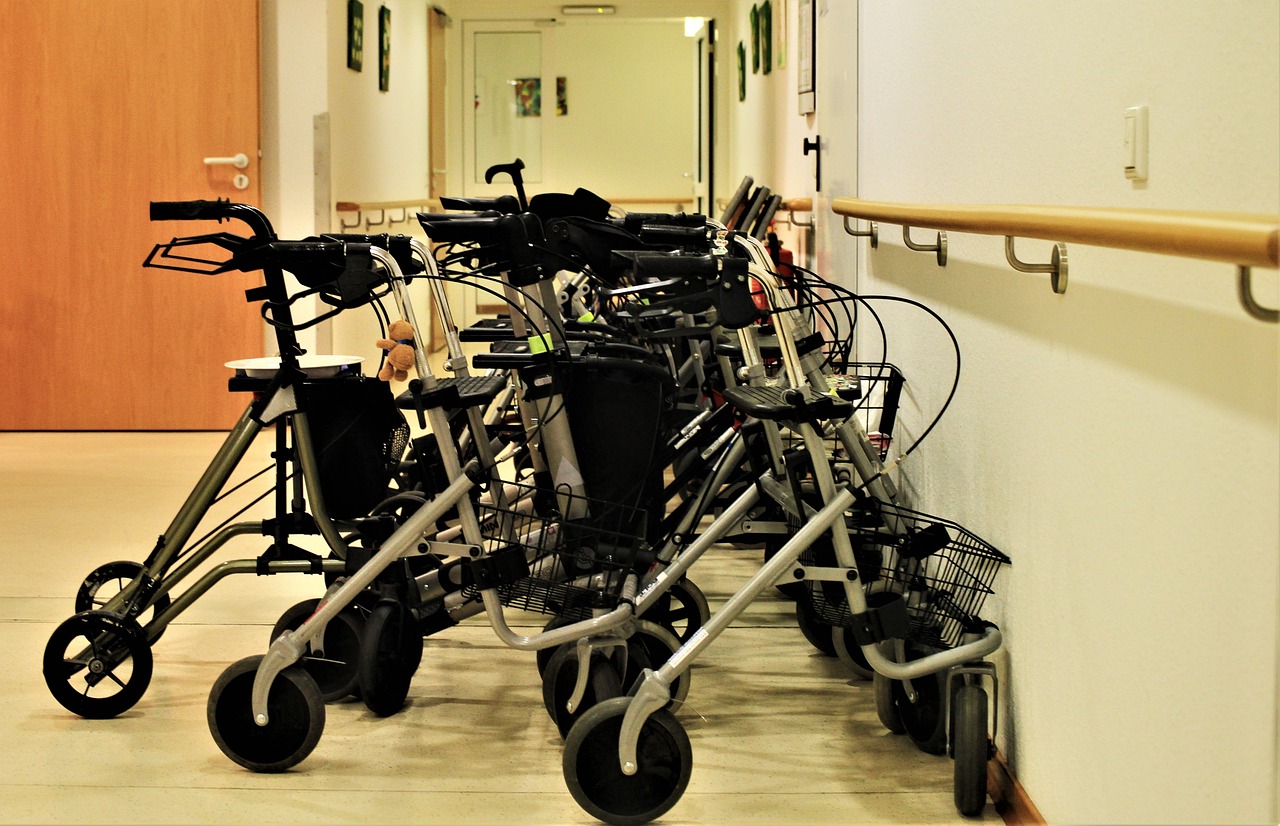Imagine a world where your refrigerator automatically orders groceries, your thermostat adjusts to your preferences before you even arrive home, and your watch monitors your health metrics, alerting you to potential issues. This isn’t science fiction; it’s the reality of connected devices, a rapidly growing network of physical objects embedded with sensors, software, and other technologies that enable them to connect and exchange data with other devices and systems over the Internet. Let’s delve into the world of connected devices and explore their impact on our lives.
Understanding Connected Devices: The Internet of Things (IoT)
What Are Connected Devices?
Connected devices, often referred to as the Internet of Things (IoT), are physical objects equipped with sensors, software, and connectivity to communicate and interact with each other, systems, and humans over the internet. These devices can range from simple sensors monitoring temperature to complex machines controlling industrial processes. The key element is their ability to gather and exchange data, enabling automation, optimization, and enhanced decision-making.
- Key Components of a Connected Device:
Sensors: These gather data about the device’s environment or status (e.g., temperature, pressure, location).
Processors: These handle the data received from sensors and execute instructions.
Connectivity: This allows the device to communicate with other devices and systems (e.g., Wi-Fi, Bluetooth, cellular).
Software: This controls the device’s functionality and data processing.
Power Source: Provides the energy needed for the device to operate.
Examples of Connected Devices in Everyday Life
Connected devices are becoming increasingly prevalent in various aspects of our lives. Here are a few examples:
- Smart Home Devices: Smart thermostats (like Nest), smart lighting systems (like Philips Hue), smart appliances (like connected refrigerators and washing machines), and smart security systems.
- Wearable Technology: Smartwatches, fitness trackers, and health monitors that track activity levels, sleep patterns, heart rate, and other vital signs.
- Connected Cars: Vehicles equipped with sensors, GPS, and connectivity features that enable navigation, remote diagnostics, and advanced driver-assistance systems (ADAS).
- Industrial IoT (IIoT): Sensors and devices used in manufacturing, agriculture, and logistics to monitor equipment performance, optimize processes, and improve efficiency.
Benefits of Using Connected Devices
Enhanced Efficiency and Productivity
Connected devices can automate tasks, streamline processes, and provide real-time insights that improve efficiency and productivity.
- Automation: Smart home devices can automate tasks like adjusting the thermostat, turning on lights, and watering the lawn, freeing up time for other activities.
- Remote Monitoring: Industrial IoT sensors can monitor equipment performance and predict potential failures, allowing for proactive maintenance and preventing downtime.
- Data-Driven Decision Making: Connected devices generate vast amounts of data that can be analyzed to identify trends, optimize operations, and make informed decisions.
Improved Safety and Security
Connected devices can enhance safety and security in various ways.
- Smart Security Systems: Connected security cameras, door sensors, and motion detectors can provide real-time monitoring and alerts, deterring crime and improving home security.
- Connected Car Safety Features: Advanced driver-assistance systems (ADAS) use sensors and connectivity to prevent accidents and improve road safety.
- Remote Health Monitoring: Wearable devices can monitor vital signs and alert healthcare providers to potential health issues, enabling timely intervention.
Cost Savings
By optimizing resource usage, preventing downtime, and automating tasks, connected devices can lead to significant cost savings.
- Energy Efficiency: Smart thermostats can optimize energy consumption by adjusting the temperature based on occupancy and weather conditions.
- Predictive Maintenance: Industrial IoT sensors can predict equipment failures, allowing for proactive maintenance and preventing costly repairs.
- Reduced Labor Costs: Automation enabled by connected devices can reduce the need for manual labor, leading to cost savings.
Challenges and Considerations
Security Risks
Connected devices are vulnerable to cyberattacks, posing significant security risks.
- Data Breaches: Connected devices can be hacked to access sensitive data, such as personal information, financial details, and health records.
- Denial-of-Service Attacks: Hackers can use connected devices to launch denial-of-service attacks, disrupting online services and causing widespread outages.
- Malware Infections: Connected devices can be infected with malware, which can be used to steal data, control the device, or launch other attacks.
- Actionable Takeaway: Always update the firmware on your connected devices to the latest version and use strong passwords to protect them from unauthorized access. Consider using a separate network for your IoT devices to isolate them from your main network.
Privacy Concerns
Connected devices collect vast amounts of data about our behavior, raising privacy concerns.
- Data Collection: Connected devices can collect data about our location, activities, and habits, which can be used for targeted advertising and other purposes.
- Data Sharing: The data collected by connected devices can be shared with third parties, such as advertisers and data brokers, without our knowledge or consent.
- Lack of Transparency: Many connected devices lack transparency about how they collect, use, and share data.
- Actionable Takeaway: Review the privacy policies of your connected devices and adjust your settings to limit data collection and sharing. Be aware of the potential privacy risks associated with using connected devices.
Interoperability Issues
Connected devices from different manufacturers may not be compatible with each other, creating interoperability issues.
- Lack of Standards: The lack of industry-wide standards makes it difficult for devices from different manufacturers to communicate and work together seamlessly.
- Proprietary Technologies: Some manufacturers use proprietary technologies that are not compatible with other devices.
- Integration Challenges: Integrating connected devices from different manufacturers can be complex and time-consuming.
- Actionable Takeaway: Choose connected devices that support open standards and are compatible with your existing devices. Look for devices that are part of a larger ecosystem, such as Apple HomeKit or Google Assistant.
Future Trends in Connected Devices
5G Connectivity
The rollout of 5G networks will enable faster data transfer rates, lower latency, and increased network capacity, further accelerating the growth of connected devices.
- Enhanced Performance: 5G will improve the performance of connected devices by enabling faster data processing and real-time communication.
- New Applications: 5G will enable new applications for connected devices, such as autonomous vehicles, remote surgery, and virtual reality.
- Increased Adoption: 5G will make connected devices more accessible and affordable, leading to increased adoption.
Artificial Intelligence (AI) and Machine Learning (ML)
AI and ML are being integrated into connected devices to enable more intelligent and autonomous behavior.
- Predictive Analytics: AI and ML can be used to analyze data from connected devices and predict future events, such as equipment failures and traffic congestion.
- Personalized Experiences: AI and ML can be used to personalize the user experience by adapting to individual preferences and needs.
- Automation and Optimization: AI and ML can automate tasks and optimize processes, improving efficiency and productivity.
Edge Computing
Edge computing involves processing data closer to the source, reducing latency and improving response times.
- Faster Processing: Edge computing enables faster processing of data from connected devices, reducing latency and improving response times.
- Reduced Bandwidth Usage: Edge computing reduces the amount of data that needs to be transmitted to the cloud, saving bandwidth and reducing network congestion.
- Enhanced Security: Edge computing can improve security by processing sensitive data locally, reducing the risk of data breaches.
Conclusion
Connected devices are revolutionizing the way we live and work, offering numerous benefits in terms of efficiency, safety, and cost savings. However, it’s crucial to be aware of the potential security and privacy risks associated with using these devices. By taking proactive measures to protect your data and ensure the security of your devices, you can harness the power of connected devices while mitigating potential risks. As technology continues to evolve, we can expect to see even more innovative and impactful applications of connected devices in the years to come.




